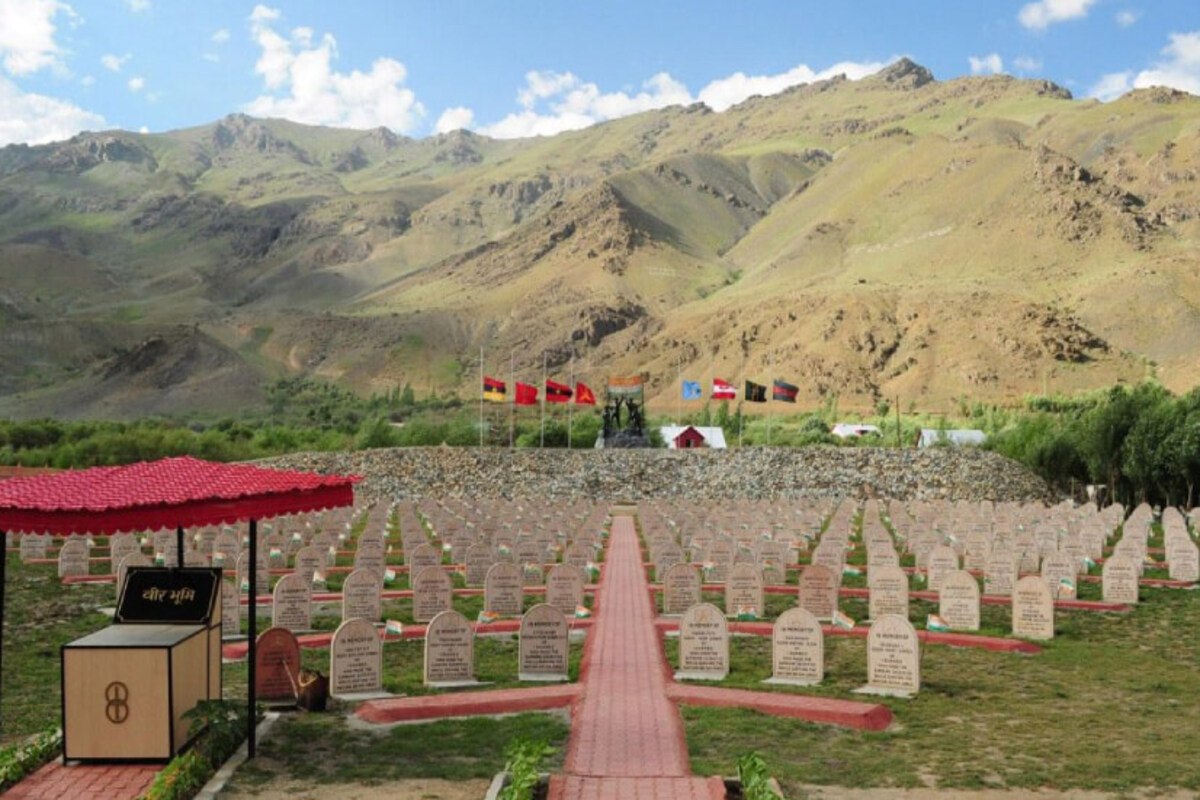After opening up several border areas in Ladakh for visitors, the administration is taking steps to establish tourism infrastructure at places that witnessed the 1999 India-Pakistan war in the Kargil region.
In 1999, the Indian Army defeated and chased away Pakistani forces that had crossed the Line of Control (LOC) and taken up positions in Kargil. These areas include the Mushkoh valley, Kaksar, Chulichan and Gargardo.
Advertisement
Situated at the westernmost extremity of Ladakh, the Mushkoh Valley, at 11,000 feet, is also known as the valley of wild tulips which are a major attraction for tourists. Chulichan is famous for the natives of the Aryan tribe.
Kacho Mehboob Ali Khan, Commissioner-Secretary of Tourism, Ladakh, on Tuesday presided over a crucial meeting to bolster tourism promotion, enhance infrastructure in border regions, and commemorate the valour of the armed forces.
Top brass of the 14 Corps of the Indian Army, director tourism and other officers attended the meeting.
Khan appreciated the Army for their support and understanding of the importance of tourism in border areas and the continued efforts to relax access to the zero points along the LOC and LAC in Ladakh. He also emphasised that the Army’s support is pivotal for responsible and safe tourism activities in the Union Territory of Ladakh.
The primary focus of the meeting was to ensure the provision of essential amenities for tourists and explore the untapped potential of border areas.
The discussions also focused on the promotion and sustainable development of tourism in these border areas by harnessing the unique attractions the regions have to offer. The meeting acknowledged the strategic importance of Mushkoh Valley, Kaksar, Chulichan, and Gargardo, and sought ways to leverage them to foster sustainable tourism, a statement said.
A notable aspect of the deliberations was the exploration of opportunities in adventure tourism, particularly paragliding and gondola activities in Ladakh.









